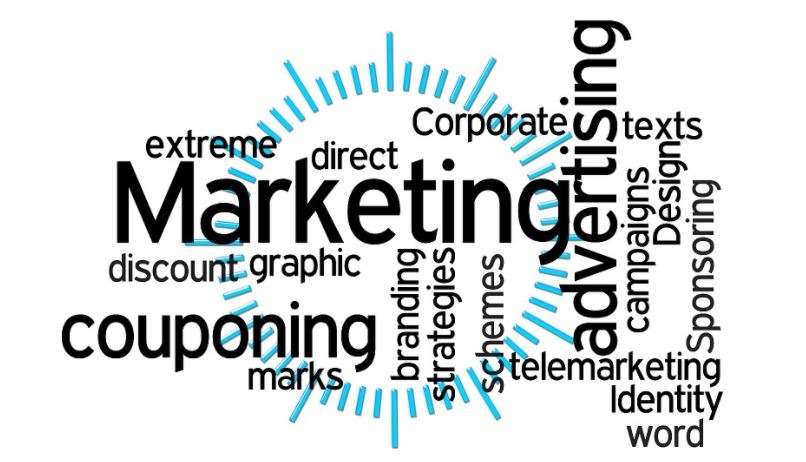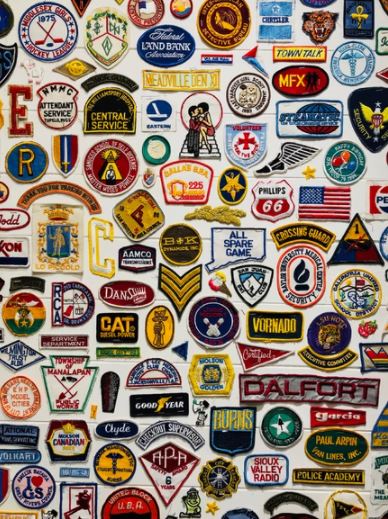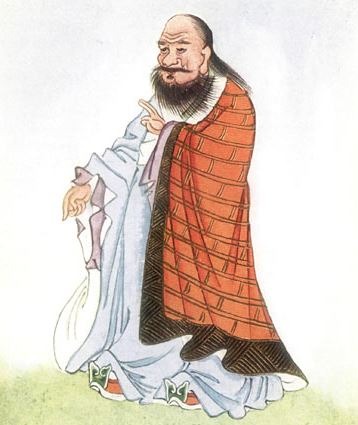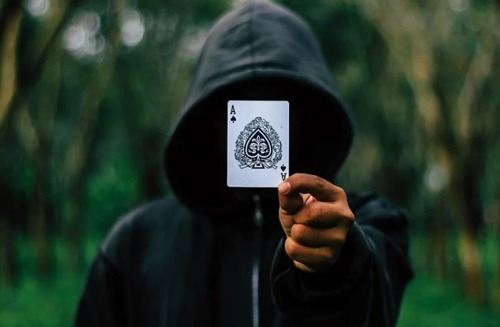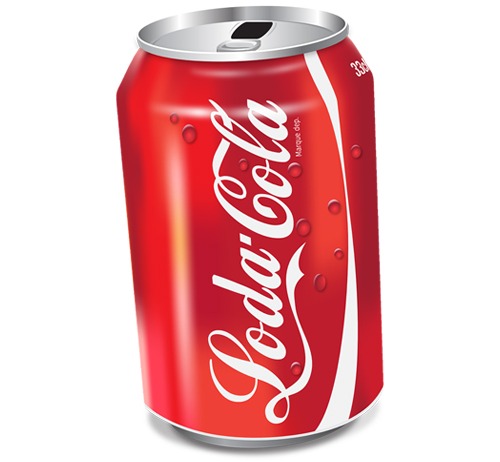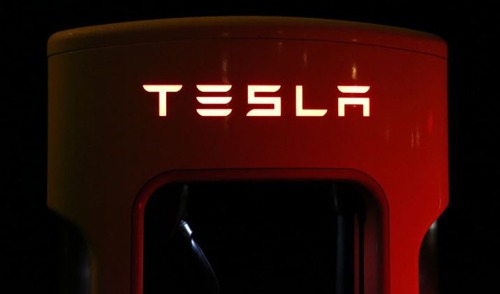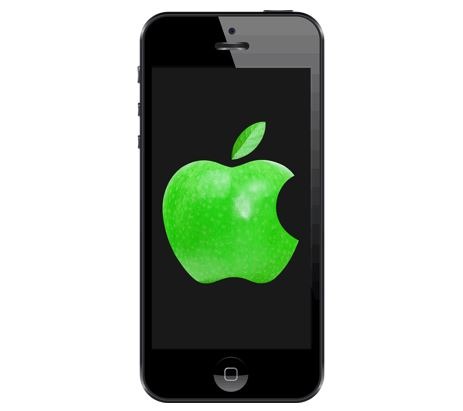by Noel Jerke (Author) |
This book is a guide towards brand archetype, and the need for building a strong, reliable image for your brand. The book is meant for both small and large businesses and is full of important advice for business owners. This book discusses brand archetypes in detail, and how you can use them to increase your business’s efficiency. A quiz and detailed examples in the book help you understand and take away the core concepts of this book.
Chapter 1- What Is an Archetype?
In recent times, with so many new businesses entering the market, it has been harder to keep customers attracted to your business. The writer emphasizes that building a brand archetype is important to establishing a loyal clientele.
The book discusses the analytical archetypes first introduced by Carl Jung. Carl Jung was born on July 26, 1875, and was a famous researcher on the subjects of psychology. He was influenced by Sigmund Fried’s theories, and he was also the person that hinted that all archetypes have their origins based on myths and fables.
The writer provides a detailed understanding of the archetype concept. He mentioned Carl Jung, who named the 12 types of archetype, which are The Sage, The Innocent, The Explorer, The Ruler, The Creator, The Caregiver, The Magician, The Hero, The Rebel, The Lover, The Jester, The Orphan.
The book links these 12 archetypal concepts to the current marketing, and operational strategies, which are being implemented in the business market. These 12 models are further discussed in detail.
The author says that the need for archetypes is important to building a strong marketing strategy, and brand persona. This is because an archetype taps into human emotions and helps delivering a product that appeal to their nature. This makes the brand stand out amongst its competitors. The book mentions the hero archetype as an example. This archetype will appeal to people that want to hire a strong security company. However, a caregiver archetype may appeal more to people that want to be taken care of. Both of these examples given by the writer help explain how an archetype may increase customers by tapping into people’s emotions.
The idea behind brand archetype is to appeal to people by making use of something that people already love. The superhero persona is a clear, and widely used example of this.
Chapter 2- The Sage
source: Unknown authorUnknown author, Public domain, via Wikimedia Commons
The chapter starts with a quote by Chinese philosopher and author Lao Tzu, which does an excellent job of setting the stage for the chapter. This chapter deals with sages, whose interest is in knowledge- obtaining it, understanding it, and then forwarding it to people.
The writer describes the sage in detail. He talks about how the sage is the pursuit of success through knowledge, and that the sage works under “the truth will set you free”, and believes in not only gaining knowledge themselves but sharing it with others too.
The writer links the sage and its belief with businesses and their modes of operations. He links the sage’s pursuit of knowledge, with the motto of firms in the market. These firms are the experts in the market and believe in gathering information and educating people. These firms rarely have big plans in the market and are content with making grand schemes and conducting new research and making new advancements. The writer mentions three stages of sage organizations and mentions large industries like Google, BBC, CNN, Mayo Clinic, IBM, PBS, and Gallup as some examples of the sage mindset.
Chapter 3 – The Innocent
The chapter mentions 7 characteristics of the innocent. The innocent aims to be happy, and to achieve paradise. Their strategy is to do everything the right way, and their greatest fear is being punished for their wrongdoings. They have strong faith and are optimistic, but they are very naïve and innocent too.
Brands that follow the innocent brand, believe that every person is young and free. Companies that follow the brand inspire to make their users happy. These brands ensure that their products are marketed to the audience as a means to improve their lives. The innocent brand image is further divided into three parts, the immature stage, the second stage that tells people they can achieve a happier life, and the third stage which tells people that real happiness comes from within. The writer mentions a few examples of innocent archetypes, like coca-cola, which further helps the reader understand and relate.
Chapter 4 – The Jester
The brands that follow the jester archetype aim to bring happiness to their customers’ lives. They try to be optimistic in all situations and try to make their customers have fun. The writer further says that while all of these characteristics describe the jester very well, the biggest trait of the jester is perspective. These firms constantly look at new ideas and bring innovation to the market.
These brands try to use humor to soften the tough subjects they talk about. The jester is further divided into 3 levels. The first level lives in the moment, the second level uses intelligence, and cunning to broaden this concept, and the final level appreciates life at the moment. The writer mentions the insurance company Geico as an example of a jester brand archetype. The Geico uses a gecko in its commercials to utilize humor and appeal to the general audience.
Chapter 5 – The Caregiver
Brands that follow the caregiver attitude aim to care for your well-being only. Their goal is to help others and to protect and care for them. They fear being selfish and are usually exploited because of their passion for helping others. Brands that follow the caregiver archetype, usually provide services and goods that help people achieve their goals.
They don’t aim to make a lot of money and instead focus their attention on improving their customer’s life. The author further establishes the caregiver archetype by mentioning companies that follow the caregiver’s attitude. Some of these brands are Johnsons, UNICEF, and the Salvation Army.
Chapter 6 – The Lover
The writer mentions the lover archetype as a celebration of all things human. These are brands that aim to create relationships and can be also called partner, friend, and a plethora of other titles. The lover aims to create new relationships, but also tries to strengthen old relationships. The writer relates this to businesses and brands. Brands that follow the lover archetype inspire people to love themselves.
They try to make people appreciate themselves and can be divided into three levels. There is the first level where relationships are shallow. The second level focuses on building long-term relationships, and the third level focuses on building deep, healthy relationships.
These brands build love, and relationships as their entire perspective. Some examples of brands that follow the lover archetype mentioned by the writer are Victoria’s Secret, Chanel, Porsche, and more.
Chapter 7 – The Magician
The magician aims to bring something new, and different to the market. It defies the norms set by society and attracts people by bringing them something contradictory. The writer mentions a magician as someone who understands the fundamental laws of the universe and tries to fulfill people’s dreams. However, it may often become manipulative.
Brands that follow the magician archetype helps bring wonder to peoples. They try to bring people to the future and may become manipulative, and overly pushy in trying to achieve this. Some brands that follow the magician archetype are Tesla, dreamscape multimedia, apple, and even Disney.
Chapter 8 – The Ruler
A ruler is confident and believes in leading the market. The writer talks about companies that provide the best products and thus boast about them. They have immense confidence in their quality and demand. These brands set the rules in the market. One good example of a brand with the leader archetype is Mercedes-Benz. The author provides the Mercedes-Benz as an excellent example because it consistently leads in creating comfortable, and luxurious cars.
Chapter 9 – The Outlaw
The outlaw wants to change things and does not follow rules set by the society or market. These brands often shock competitors and customers with their new ideas, strategies, and initiatives. They destroy any rules that don’t serve a purpose and are powerless over anything else. They don’t break the law, but they don’t follow dictates set by other people. They act out, and so attract attention to themselves. The author mentions mountain dew, Harley-Davidson, Monster, and Diesel as an example of the outlaw archetype.
“Harley Davidson is the brand many people think of when they think of an Outlaw or Rebel. It defies societal norms and is proud of it. Their marketing crafts and image of freedom from traditional society. One of their slogans is “All for freedom, freedom for all.”
Chapter 10 – The Creator
The creator loves creativity and inspires people to think outside the box. The writer writes the creator as someone that aims to allow people to express themselves freely. Brands that follow this archetype take pride in introducing new things to the market. They don’t agree with or follow societal norms. However, they desire freedom of expression.
The author mentions LEGO, Sony, Crayola, and Apple along with others as examples of the creator archetype brands.
Chapter 11 – The Explorer
The explorer aims to answer questions that have been unanswered before. They aim to be free and try to experience new things. When a brand follows the explorer archetype introduces a product that provides a fresh outlook on life. They try to look for new things in the market. The writer calls these brands pioneers and links them to sailors of America that sailed to search for new things. He also mentions three different levels of the explorer archetype. Finally, the writer finishes the explorer archetype with an example of the archetype. The best one is Jeep, which provides people with glimpses of the world in their ads.
Chapter 12 – The Everyman
“Everyman” is a simple and normal man. He is likable because of his simplicity, and because people leading normal lives can relate to him. Brands that follow this archetype desire to fit in more than everything else. These businesses use very comfortable language and themes in advertising so that they attract normal people. An example of the everyman archetype by the writer is the target. Target aims to provide everyday facilities to people and offer the most basic of products. This makes the target the perfect example of the writer.
Chapter 13- The Hero
The hero is a brand that tries to create change in the world, by inspiring others to do better. The writer mentions the warrior, crusader, soldier, and other titles for the hero archetype. The book establishes that brands that follow the hero archetype have strong social responsibilities. They consider it their duty to pave a way for others and try to get them to achieve even more success than they have. These brands have overcome a lot of hurdles to achieve their place in the market, and believe it to be their duty to protect others from the same problems.
“Marketing often has bold, catchy phrases combined with inspirational clips of people performing at their peak. Hero brands dare their customers to reach the same heights.”
Some brands that follow the hero archetype mentioned by the writer are Nike, Red Cross, and more. However, the writer further expands on the Nike example, and mentions their famous slogan “Just do it”.
Chapter 14 – Determining the Right Architype for Your Organization
In this chapter, the writer explains in detail how you can choose the right archetype for your business. He explains in detail why a brand should target not only the target audience but their desires too.
The author also shines a light on the fact that some fields and markets already have an archetype you have to follow. He provides the caregiver archetype for every brand in the medical sector as an excellent example. The author provides an idea about how you can mix a different archetype into a predetermined one, to make yourself stand out amongst your competition.
“Remember that humans are social beings and are built to connect and communicate. That is why businesses, organizations, and products need to focus on archetypes to distinguish themselves from competitors and connect with their target consumers.”
-Book excerpt
The book also explains the need to evolve from one archetype to the other as the target market changes. This tells brands and businesses that there is always a chance for innovation and change. The author expands on the apple company’s evolution from one archetype to the other as an example.

